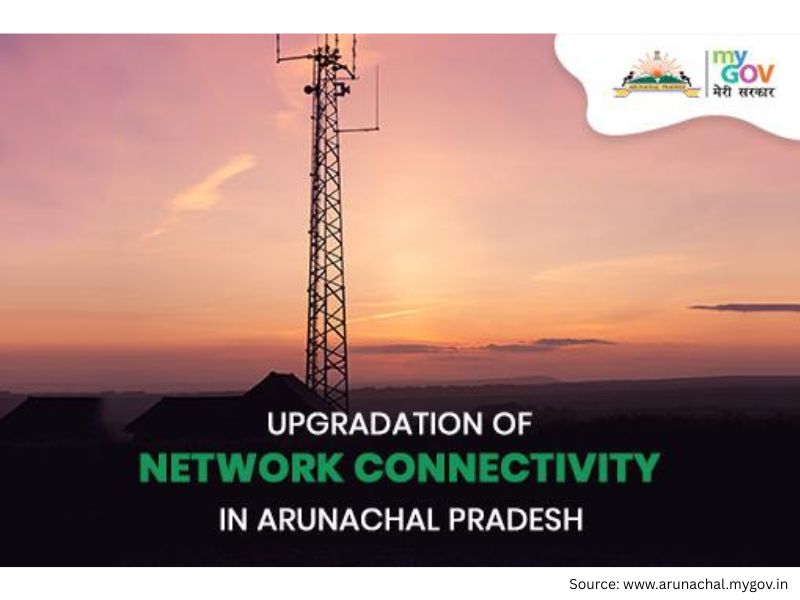No products in the cart.
Digital lifeline transforms remote Arunachal villages
In Kibithoo, one of India’s easternmost villages nestled near the China border in Arunachal Pradesh’s Anjaw district, a quiet transformation is underway. Children now huddle under solar lights each evening—not for warmth, but to download their homework using newly installed internet connectivity.
Once completely cut off from mobile and internet networks, Kibithoo and other remote villages are now experiencing a digital awakening. Thanks to the BharatNet Phase-II project and the installation of satellite internet terminals, connectivity has reached the local primary school, panchayat office, and several homes.
“Earlier, we waited days for information. Now, my son attends online tuition and watches science videos on YouTube,” said Kunsang Chodon Meyor, a local resident.
Arunachal Pradesh’s challenging terrain and scattered settlements have long hindered digital inclusion. But renewed efforts by the central and state governments are changing that. Even far-flung blocks like Chaglagam and Gelling are beginning to reap the benefits of connectivity.
Under BharatNet, over 1,300 gram panchayats have already been linked via optical fibre, with an additional 500 set to come online through satellite or microwave connections. The installation of 4G towers by BSNL and Airtel is further accelerating the spread of high-speed internet.
“Digital connectivity was once a dream here. Now, it is the lifeline,” said Samir Kri, a resident of Walong.
Education is one of the most visibly transformed sectors. In Menchuka, teachers now use smart TVs and internet-based learning apps to bring lessons alive. “We used to rely only on blackboards. Now, we show documentaries and interactive maths apps,” said Dege Ete, a government school teacher in Lungte.
To manage bandwidth constraints, some villages are adopting offline Wi-Fi intranets to share e-books and educational videos, creating digital libraries without overburdening limited networks.
The internet is also transforming local economies. In Dirang and Ziro, farmers and artisans are learning to market their products online through training provided by NGOs and Common Service Centres. “Without the internet, I was just a village seller. Now, I feel like a brand,” said Rubu Yassung, a young entrepreneur selling pickles from Ziro.
Access to government services has improved dramatically. Villagers can now apply for ration cards, pensions, and other welfare schemes online—saving hours of travel to district headquarters. “We used to walk for hours to submit a single form. Now, we do it in minutes,” said Akha Wangsu, a farmer in Longding district.
However, challenges remain. Frequent landslides, unreliable power, and slow backhaul infrastructure often disrupt services. Digital literacy is uneven, particularly among older residents, and awareness around cybersecurity and digital finance is still low.
“Connectivity is the first step, not the last. We need training, reliable power, and affordable data,” noted tech volunteer Sangey Pema from Tawang.
In April 2023, 254 new 4G towers covering 336 villages were dedicated to the state, with another 1,156 towers in the pipeline. These efforts aim to extend digital services across sectors such as education, healthcare, agriculture, and e-commerce.
Chief Minister Pema Khandu has pledged to uphold transparent, efficient governance through a digital-first approach. “We chose the digital path not just to modernise, but to cleanse the system and restore trust,” he stated in a recent social media post.
As Arunachal Pradesh steps into the digital age, the transformation is more than technological—it is a shift towards empowerment, equity, and opportunity in even the most remote corners of the state.
Also Read: Arunachal Pradesh achieves 100% enrollment in elementary education















Add comment